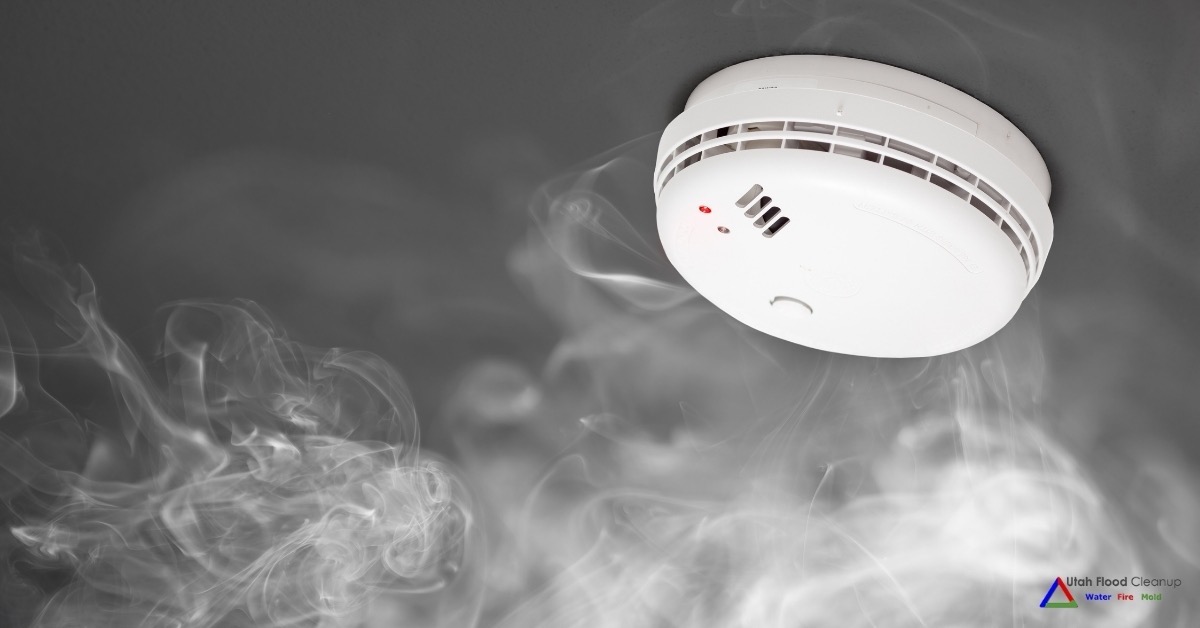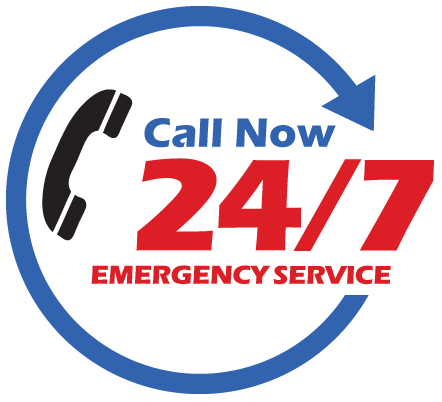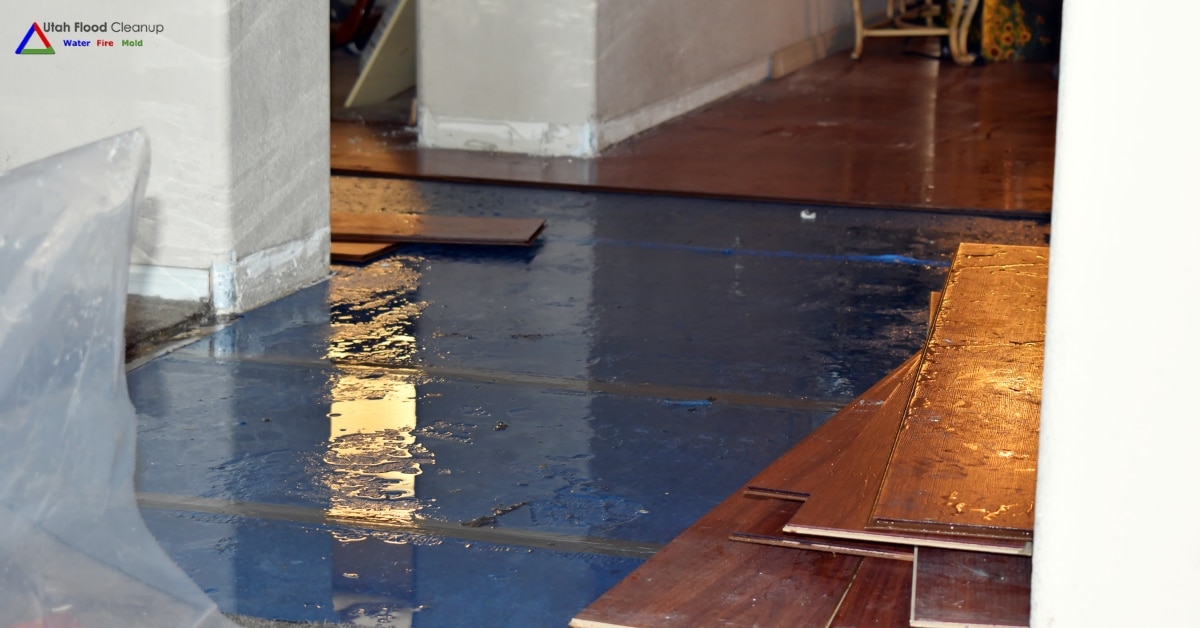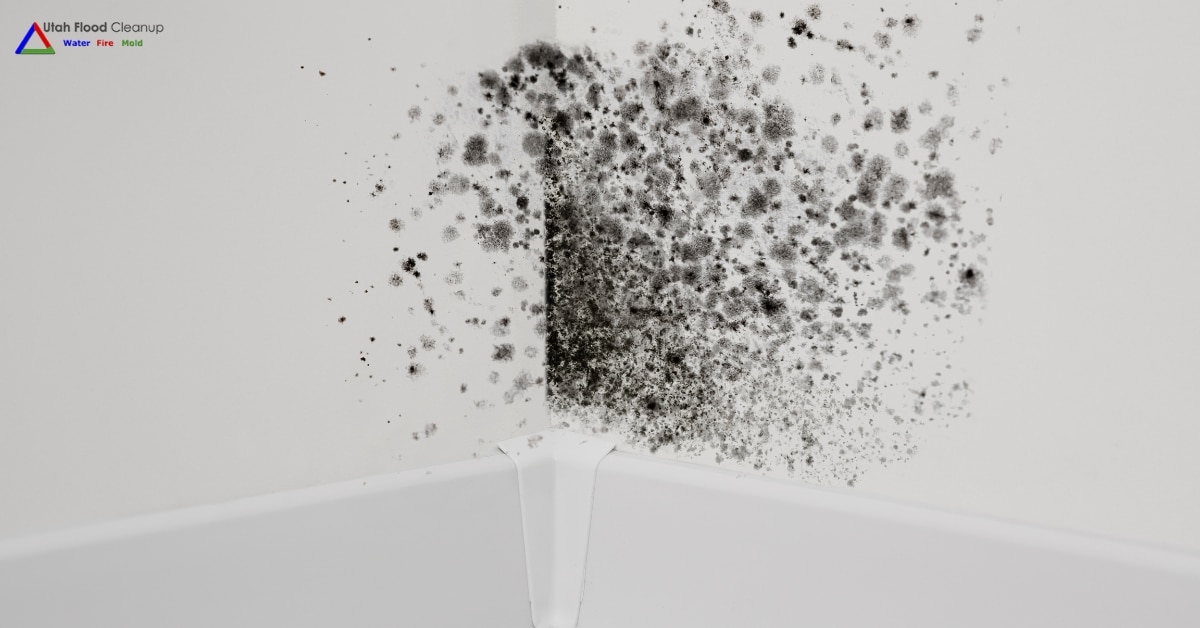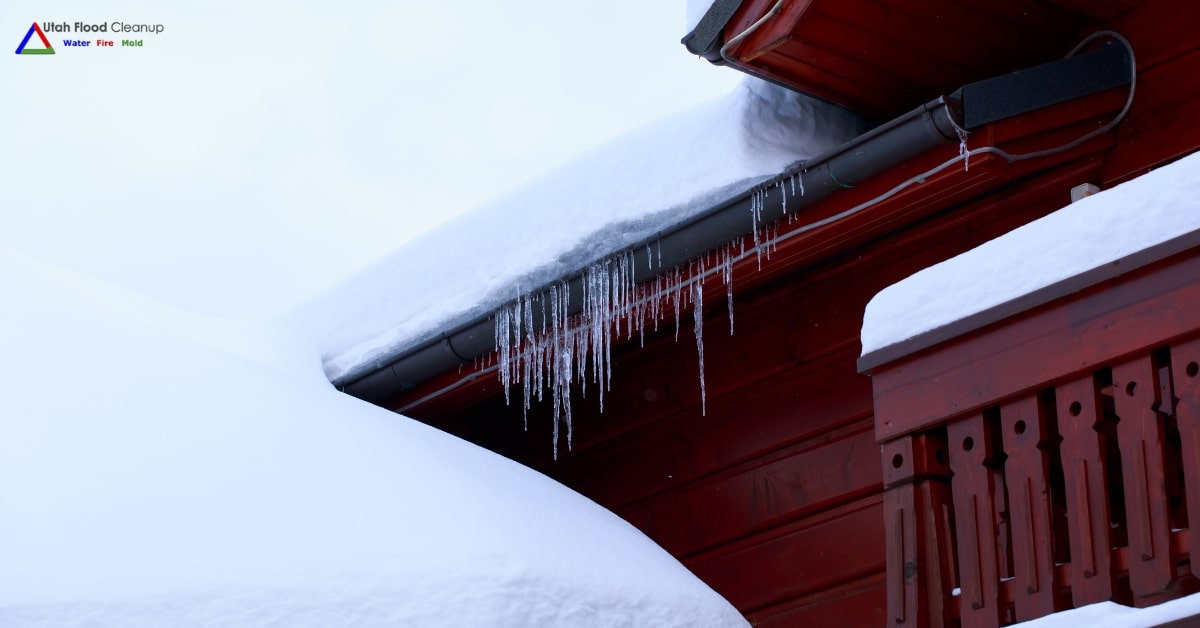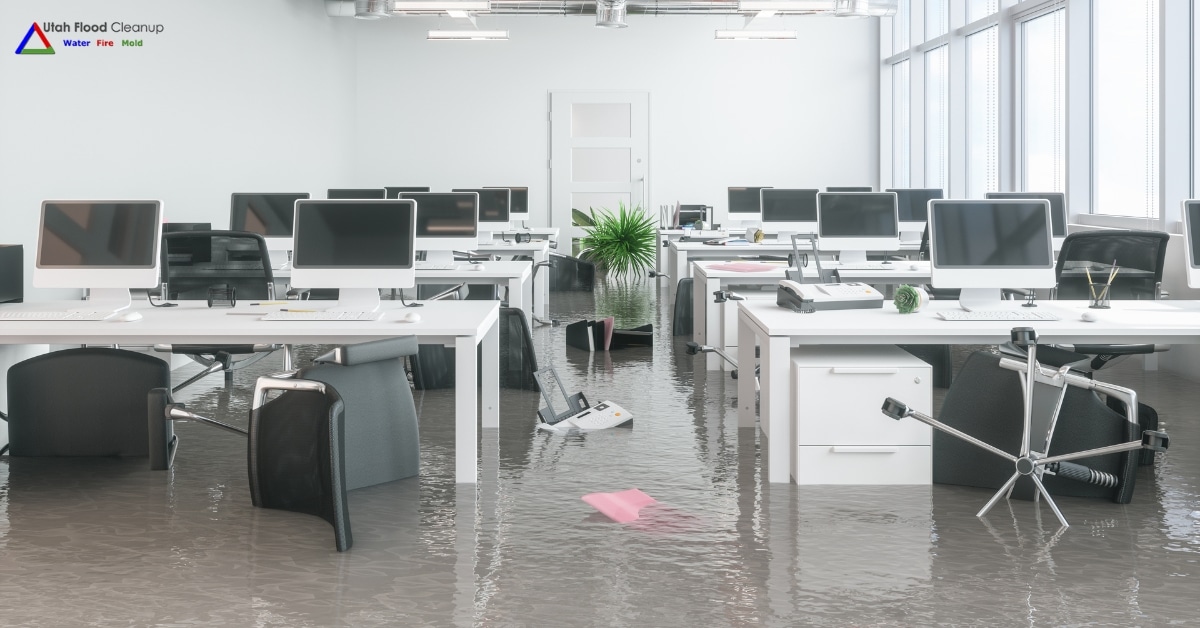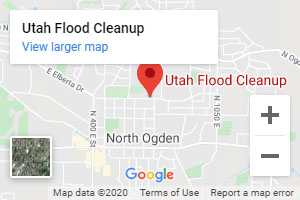Smoke alarms are your first line of defense against a potentially devastating house fire. They are inexpensive, and they provide an extraordinary value in the amount of protection they can provide for your family and your property. However, you need to know how to test a fire alarm system, to help ensure the reliability of your smoke detector. Routine testing will help you maintain uninterrupted power to your smoke alarm and keep it functioning properly.
Topics covered in this blog:
- Types of Smoke Detectors
- How to Test Smoke Detectors in Your Home
- For Multiple Interconnected Smoke Alarms
- How Often Should Smoke Detectors Be Tested?
- Cleaning Your Smoke Detectors
- How Often Should Smoke Detectors Be Replaced?
- 24/7 Emergency Disaster Cleanup Services
Use the simple fire alarm testing procedures below, to help you ensure maximum fire safety for everyone in your home and the protection of your property.
Types of Smoke Detectors
Battery-operated: Battery-powered smoke alarms are often inexpensive and can be quickly and easily installed at any location in your home. These models require diligent and frequent testing, to ensure that the batteries have a strong charge and the smoke alarms are in good working order.
AC-powered: The upgraded AC-powered smoke alarms should be installed by a certified electrician, to ensure reliable long-term operation. These devices are likely to be more dependable over the long term than battery-operated models because they are directly hard-wired to your home’s power source. However, a battery backup is recommended, so the alarms can continue operating if electricity is out.
How to Test Smoke Detectors in Your Home
All modern smoke alarms have either a solid or blinking light that signals once or twice per minute, to indicate that the detector is receiving power. They all also feature a button for testing. The alarm sounds when the button is pressed. The test button lets you know that the batteries are not dead and that they are supplying power to the smoke detector. But, neither the light nor the button tells you whether or not the device is functioning.
There are two things you need to check, to be sure a smoke alarm is working:
1) the battery or electricity circuitry, and
2) the smoke detector itself. It is necessary to test both these components of your alarm system, to help ensure that the device can alert you if smoke is present in your home:
How to Test the Battery
At least once each month, press the test button. If the alarm does not make a sound, that means that the battery is probably dead (or the connection is faulty). Change the smoke alarm batteries, and then press the button again. If the smoke alarm still does not make a sound, then replace the device with a new one.
Although your fire alarm may feature a built-in signal that makes a chirping noise when the batteries need to be replaced, it is recommended that you do not wait for this indicator to self-activate. Replace the batteries at least twice each year. A good rule of thumb is to replace them every year in the spring and the fall.
How to Test a Fire Alarm
Even after ensuring that the battery is working in your smoke alarm, you still cannot be sure the smoke alarm is working properly without testing the alarm device itself. Put two or three wooden kitchen matches together, light them, and then blow out the flame. Then, hold the matches near the face of the smoke detector, to allow the smoke to drift up to the alarm unit. After several attempts, if the smoke alarm does not trigger, then you may need to replace your smoke detector.
For Multiple Interconnected Smoke Alarms
If you have a system of interconnected smoke alarms in your home, you can probably test all the units simultaneously. These systems usually feature an LED light that indicates the alarm units are all receiving electricity. Typically, all the alarms connected in the array should sound whenever you activate the testing feature on any one of the individual units. Hold the test button down for at least 5 seconds. If the alarm sounds, this confirms that the network of smoke alarms and the electrical wires for all the units are working properly.
Smoke-only alarms are usually designed to stop sounding instantly when you stop pressing the test button. For combined smoke and carbon monoxide alarms, when you press and then release the test button on the device, the signal will travel from one unit to the next, testing all the circuitry between the detectors and each alarm device along the way. If only the unit on which you press the test button sounds its alarm, then there is likely a problem with the wiring connecting smoke alarms, or with that individual alarm unit.
Note: If you hear unusual faint noises from a smoke detector, this may be a sign of a defect in the smoke alarm.
IMPORTANT
Do not test your smoke alarm by creating an open flame below it. This can damage the device and potentially cause a structural fire originating at the smoke detector.
How Often Should Smoke Detectors Be Tested?
Some manufacturers recommend testing your smoke alarms every week. Other experts may recommend checking smoke detectors monthly. Follow the manufacturer’s instructions regarding appropriate intervals for testing your smoke detectors.
Cleaning Your Smoke Detectors
At the same time you test your smoke detectors and batteries every week or month (depending on the manufacturer’s recommendation), take time to clean the device. Use either a vacuum cleaner or a cleaning brush to gently remove any dust and dirt from the smoke alarm. Do not use cleaning solvents or sprays that can get inside the device and potentially impact the functioning of the sensors.
How Often Should Smoke Detectors Be Replaced?
When a smoke alarm has operated for around 10 years, that’s well over 85,000 hours of continuous use. By that time, the ideal functioning of the device’s sensors will likely become compromised by dirt, dust, and residues of indoor air pollution. So, consider replacing your smoke detectors at least every 10 years, to maintain optimal efficiency of the equipment to potentially dangerous smoke inside your home.
Call Utah Flood Cleanup for Fire Disaster Emergency Help!
We are your local Utah fire disaster cleanup professionals. We specialize in fire, flood, and mold damage restoration. Our team of fully licensed disaster restoration experts holds numerous industry affiliations, awards, and professional certifications. These include ASD, IICRC WTR, Certified Mold Professional, CDS, and RRP Certifications as well as designation as an Asbestos Contractor/Supervisor and Asbestos Inspector.
We provide 24/7 emergency disaster cleanup and restoration services, with a 1-hour response time. All our workmanship is guaranteed. Financing options are available.
Call Utah Flood Cleanup, Ogden Utah at (801) 416-2666, or contact us online to schedule a FREE fire damage inspection for losses covered by insurance.
Latest posts by Utah Flood Cleanup (see all)
- What are the Benefits of Professional Water Damage Repair in Utah? - April 16, 2024
- Dealing with Winter Mold: Who to Call for Black Mold Removal in Utah - March 29, 2024
- Post-Snowmelt Water Damage Restorations: What Utah Residents Need to Know - March 28, 2024
